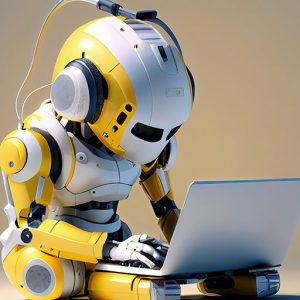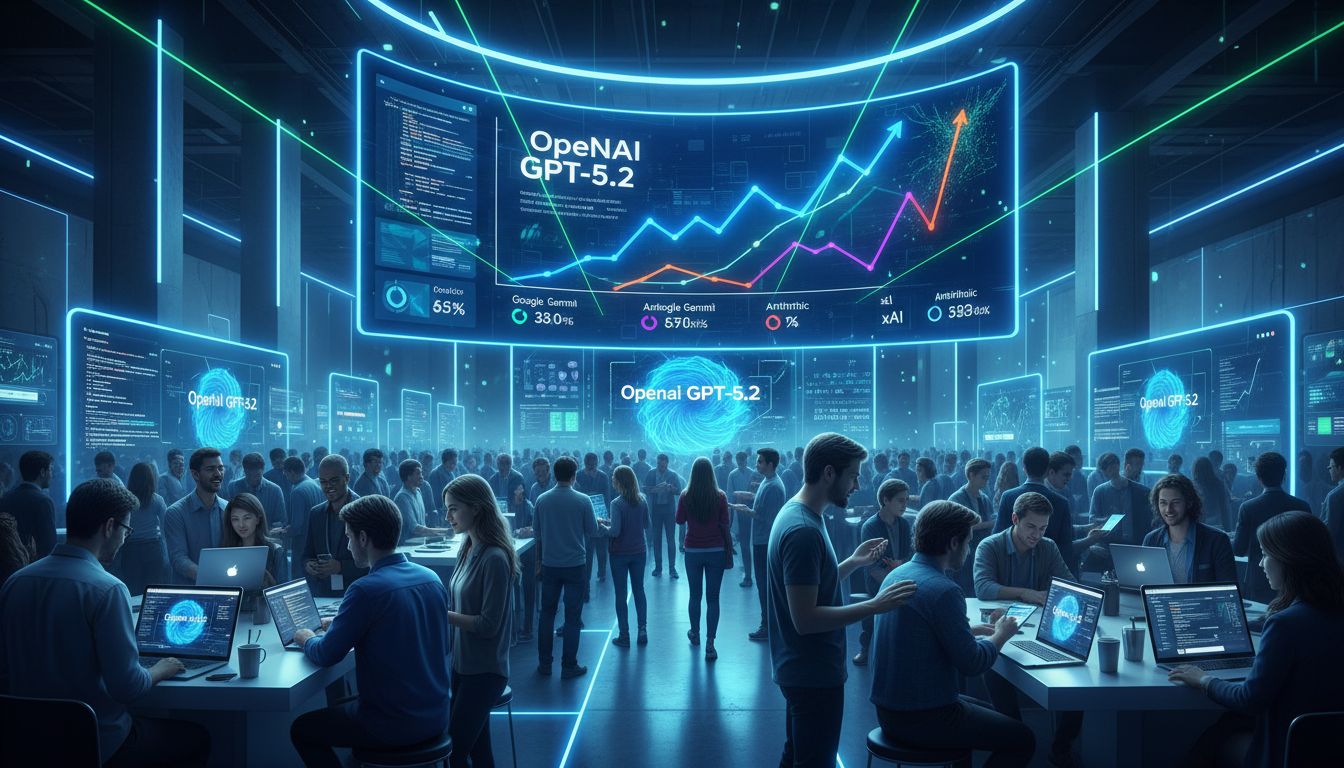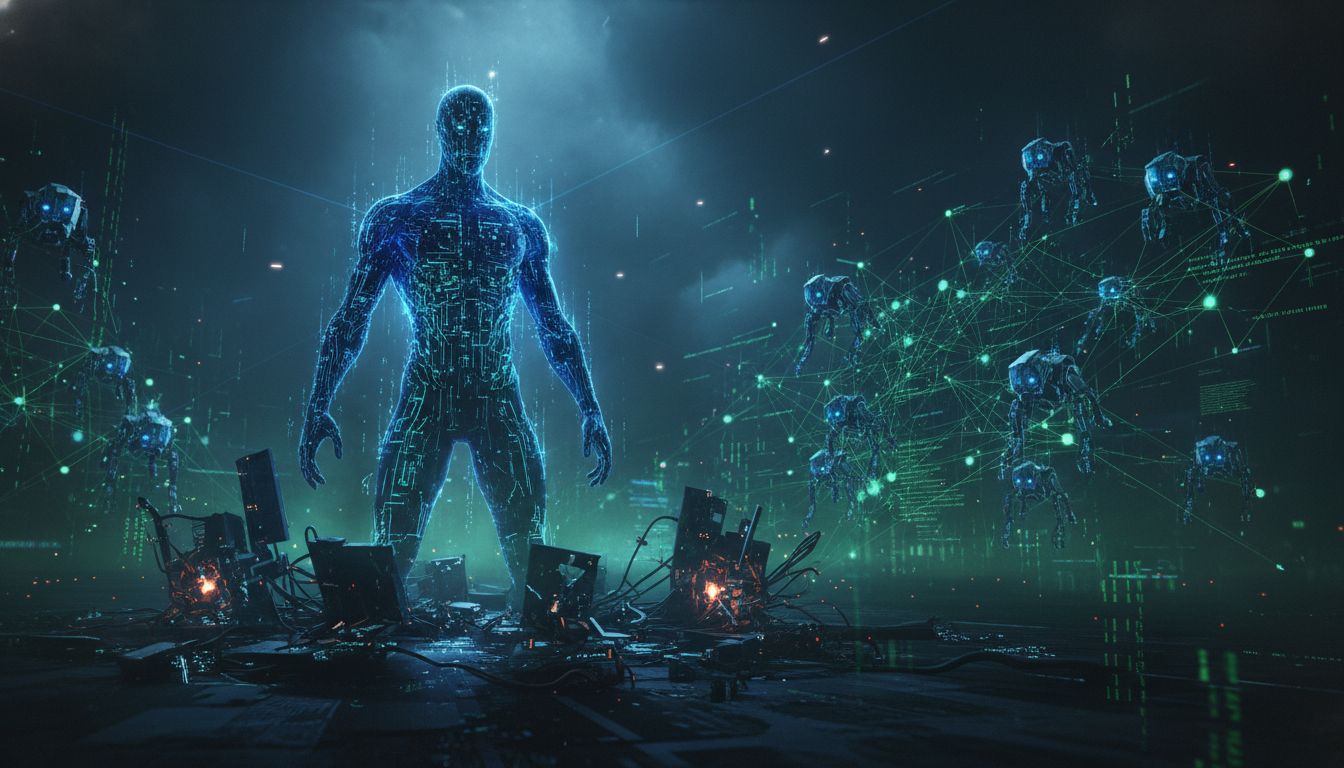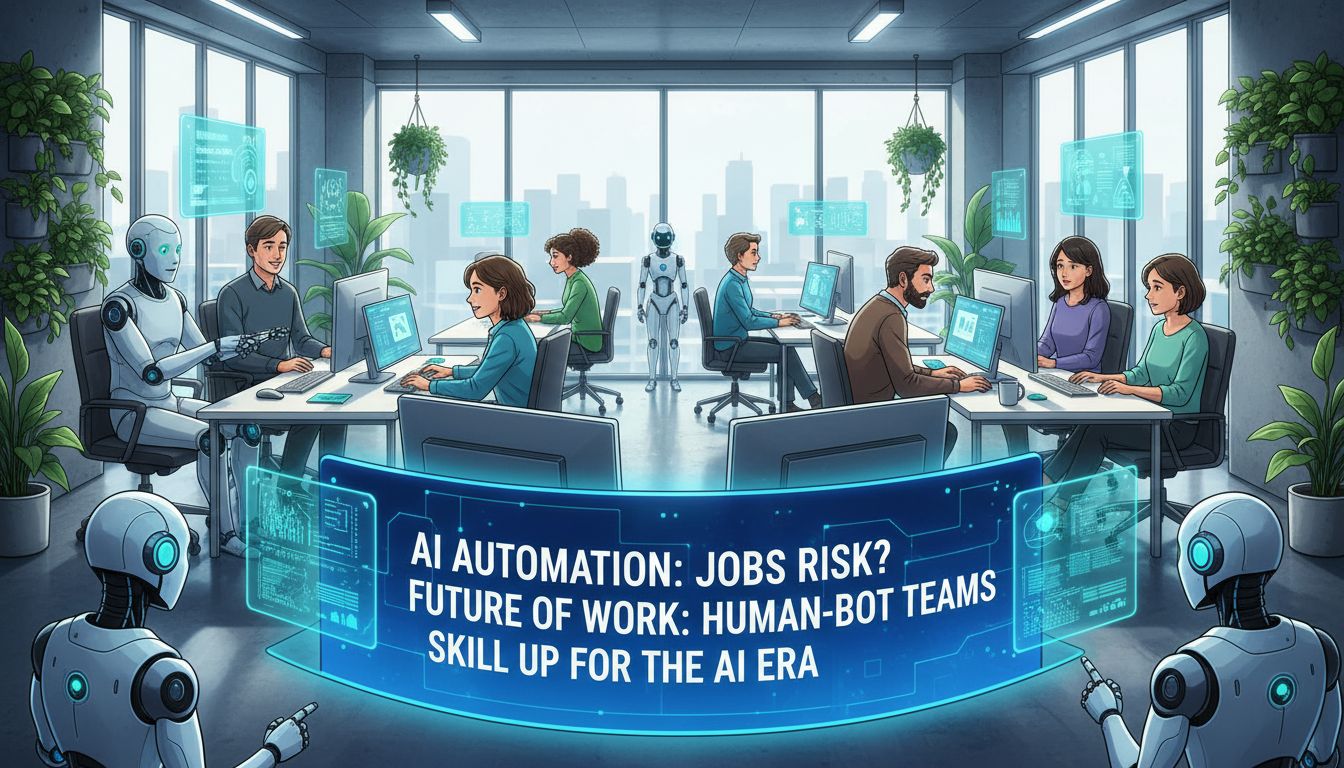For years now, science fiction has toyed with the idea of miniature robots so small they are nearly invisible to the naked eye. They crawl through air vents, scurry under doors, and infiltrate our most secure facilities without detection. Turns out, reality might not be that far off. In recent years, we’ve seen remarkable advancements in robotics, specifically with insect-inspired micro-robots. But this isn’t about some dystopian future with robot overlords. It’s about incredible scientists looking to nature for inspiration to solve complex problems.
Table of Contents:
Tiny Titans: The Power of Insect-Inspired Micro-Robots
Why insects, you ask? Because these creatures, despite their size, are incredibly adept at navigating complex environments. They can crawl, fly, swim, and even jump with amazing agility and resilience.
Scientists and engineers, recognizing this untapped potential, started developing tiny robots that mimic insects’ unique abilities. These insect-inspired micro-robots are incredibly small and light, often weighing less than a paperclip.
What Makes These Tiny Robots so Special?
Firstly, their small size allows them to go where larger robots can’t, like inspecting the inside of delicate machinery or navigating through rubble after a disaster. They are less intrusive, more maneuverable, and potentially far less expensive to produce.
Secondly, insect-inspired micro-robots boast low power consumption. Many use innovative energy sources, some even harnessing energy from their environment, potentially allowing them to operate for extended periods.
A World of Potential: Applications of Micro-Robotics
From healthcare to agriculture and beyond, the potential applications are mind-boggling. Imagine a swarm of these robots assisting in surgeries, clearing blocked arteries with incredible precision, or even delivering targeted drug therapy at a cellular level.
In agriculture, imagine swarms of insect-inspired micro-robots pollinating crops, monitoring plant health, or even eliminating pests with minimal environmental impact.
And in the aftermath of a natural disaster, these robots could be the key to finding survivors, assessing damage, and even delivering essential supplies in areas too dangerous for humans. This is about harnessing the ingenuity of the natural world to solve some of our biggest challenges. Imagine these micro-robots autonomously navigating through the aftermath of an earthquake, searching for and aiding survivors.
The potential of these micro-robots extends to environmental monitoring. They could be deployed in challenging terrains to monitor air quality, detect pollution levels, or track wildlife movements, providing invaluable data for conservation efforts. Researchers are exploring the possibility of using these robots in the field of micro-manufacturing.
Imagine swarms of micro-robots working collaboratively to assemble intricate structures with micro-scale precision, opening up possibilities for advancements in electronics, materials science, and beyond.
Challenges and Ethical Considerations
As with any new technology, challenges exist. Designing and building these robots is incredibly complex, requiring expertise in micro-fabrication, materials science, and advanced control systems.
There are also important ethical considerations surrounding their development and potential applications. How do we prevent misuse? These questions deserve careful thought, especially as these robots become increasingly sophisticated. For instance, concerns about privacy and security arise as these miniature robots could potentially be used for surveillance without consent.
Addressing these ethical dilemmas is crucial to ensure responsible development and deployment of this groundbreaking technology. Open discussions and collaborations between scientists, ethicists, policymakers, and the public are essential to establish guidelines and regulations that govern the use of insect-inspired micro-robots.
Conclusion
Insect-inspired micro-robots represent an exciting frontier in robotics. This technology has the potential to revolutionize many industries. It is a testament to the incredible ingenuity and problem-solving skills of the engineers and scientists working in this field. As we move forward, it is imperative to approach this technology responsibly, ensuring it’s used for good, solving global challenges, and improving lives. This is about more than just building tiny machines, it’s about embracing nature’s blueprint for a better future.
Check out our other articles for the Newest AI content.






